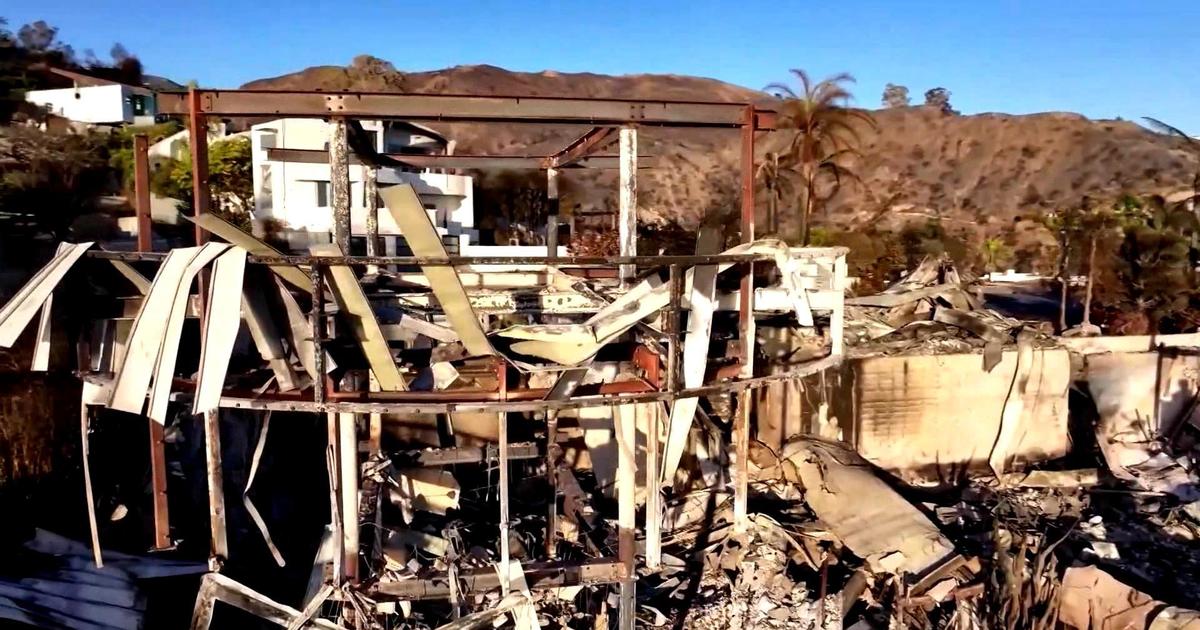Thousands of Californians who lost their homes in the Los Angeles fires last month are now grappling with insurance claims. And with research showing that extreme weather today poses a threat to nearly half of all U.S. homes, it’s important to know exactly how much coverage you have so that when disaster strikes, you’re not left standing in the rubble.
Indeed, as many as 3 in 4 U.S. homeowners could be underinsured, reports CBS News national consumer correspondent Ash-har Quraishi. That means more Americans should get to know their insurance policies, said Jennifer Gray Thompson, CEO of the nonprofit After the Fire USA.
“Well, the first thing you have to do is actually read your policy, and most of us don’t do that, and so really encourage you to either sit down with somebody who is an expert in insurance — your underwriter [the insurance company] will be able to do this with you,” Thompson told Quraishi.
How much coverage do I need?
Determining how much insurance you have, versus what you need to rebuild your a home in case of a disaster, is relatively straighforward. Start by taking the dollar amount of your policy coverage limit and dividing that by the square footage of your house or apartment.
The resulting figure should equal the average construction cost per square foot in your area — a dollar amount Quraishi said you can find by doing an online search for “construction cast per square foot,” along with your zip code.
For those who discover they have no protection of any kind of natural disaster, or after doing the math find that they’re not sufficiently covered, the next step should be to get the maximum amount of coverage they can.
“Do go to your underwriter and ask,” Thompson said. “Max out on your insurance — it does cost us a little bit more every single month, but it’s just incredibly important. Some people won’t call because they’re afraid of being dropped. Do not do that.”
Make a list of all your things
Your home insurance policy should also cover possessions, also known as contents insurance. To be sure you’re fully covered, make a list of all of your belongings, along with their estimated value. Update the list every year and let your agent know about any large purchases, from jewelry to cars.
“Most people don’t even know they have contents insurance as part of their insurance policy,” Thompson said. “See how much it is.”
When to call Fema
If you find yourself in the middle of a crisis while underinsured, you can contact the Federal Emergency Management Agency at 800-621-3362 from 7 a.m. to 10 p.m. Pacific time seven days a week. The U.S. Department of Homeland Security also may be able to provide assistance and negotiate with your insurance company.
What if you think you’re underinsured?
If after reading your policy and calculating your coverage you determine you’re underinsured, but your insurance provider insists that you’re fine, Thompson suggests having them put that in writing.
“Ask them to actually put it in writing — an email or something back to you that is official saying that you are adequately insured,” she said. “You must have it in writing and in some way that you can easily access it.”
For more information on the risks of being underinsured, visit the nonprofit United Policyholders’ website at upheld.org.
contributed to this report.

